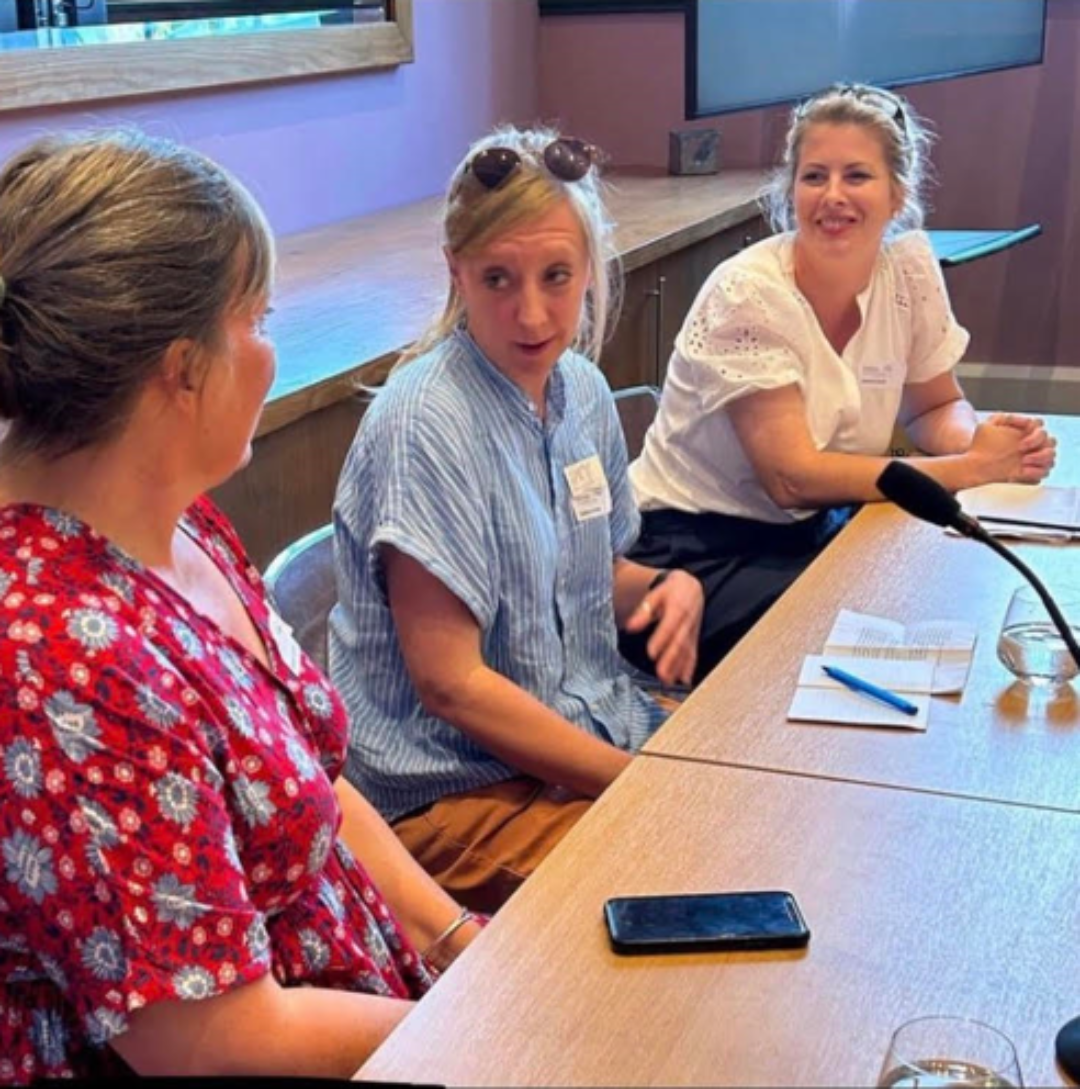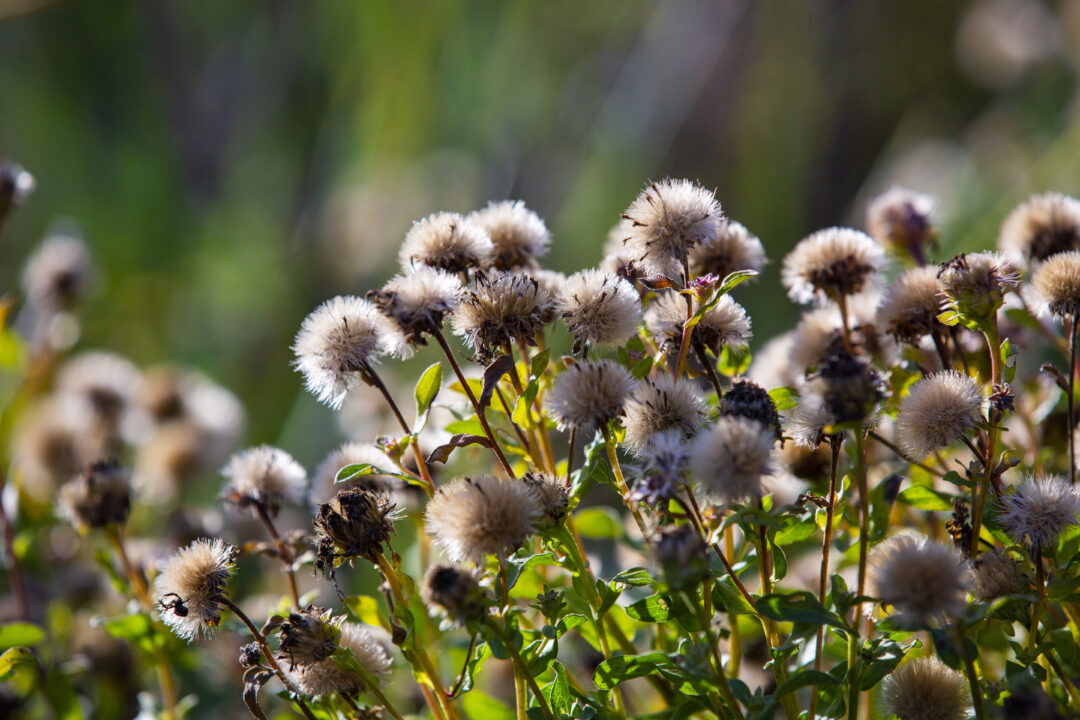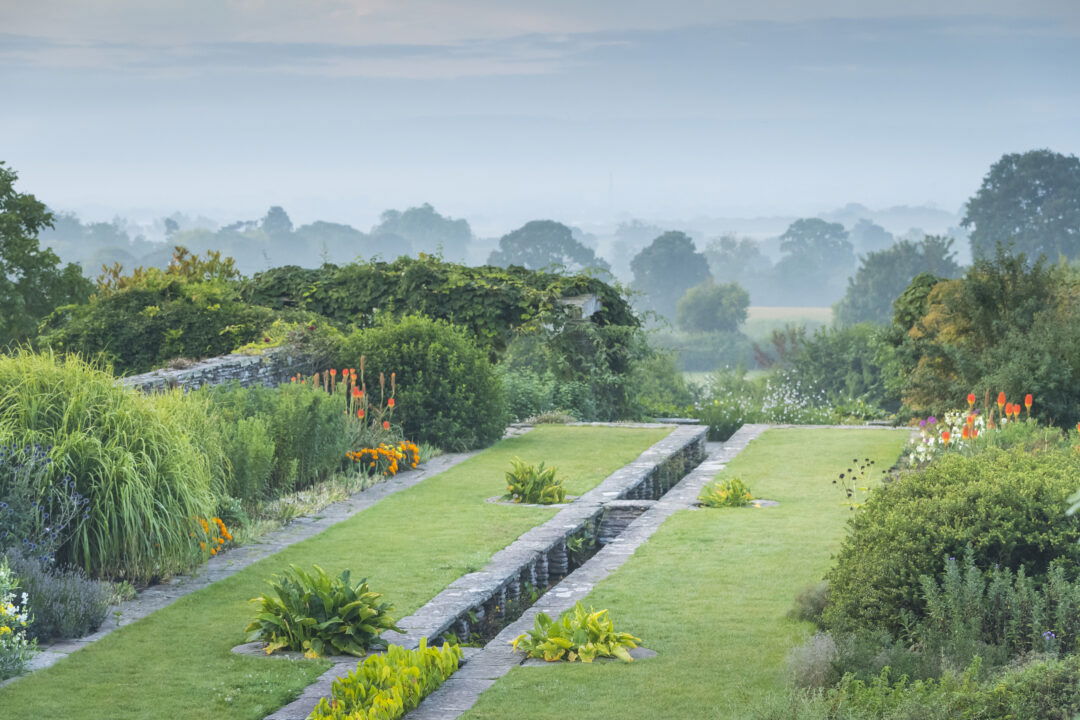This month I attended a conference at Chatsworth House (if you haven't visited you really must!) The conference was run by the Garden Masterclass and titled 'Growth and change - managing a dynamic landscape into the future'.
It was aimed at garden owners, landscape architects, garden designers and gardeners. We talked about climate change and how it would affect plants in the future. We talked about saving seeds from trees grown in northern Italy or southern France and growing them in the UK so that they carry the genetic DNA to survive the UK's forecasted new temperatures.
We talked about the education needed to help people to accept a new aesthetic, a new version of the British countryside, and a new version of a British garden using plants that would be more resilient to the changes. We also talked about the importance of greening our cities, building communities of urban gardeners, reconnecting people back to nature, and encouraging young people into horticulture.

There is no doubt that the climate is changing. As gardeners we see this on a daily basis and having gardened at Hestercombe for 15 years, the challenges are very real. We have had some very hot, dry springs, milder winters, stronger winds, and when it does rain it's a deluge that causes a lot of damage. An accumulation of dry springs has degraded the soils.
In my own garden I would just change the planting, adapt, and follow the 'right plant, right place' philosophy, so that the plants are more suitable for the soil and more resilient to change. But in a historic garden that follows historic planting plans, it is trickier. We are lucky that Jekyll loved Mediterranean plants!
We are having to make changes across the landscape. Already much of the larch has been felled to help to protect us from Phytophthora. We are currently dealing with ash dieback and lets not forget we would have already lost the elms. The box caterpillar has finally reached the South West and is munching through formal hedges and woodland edge plants. The lack of rain means that the cascade has started to almost dry up completely in the summer. Changeable weather means that mildew is rife. The horse chestnuts are suffering with a leaf miner.

It's challenging. But these challenges create opportunities. The garden team feel a huge responsibility to the landscape that we are the caretakers of, and about setting a good horticultural example to others. We are at the coal face of change and want to be mindful of our choices and how we tell the story to inspire our visitors. Some changes were already in motion, and witnessing the effect on wildlife with a more hands off approach during lockdowns has informed changes to landscape management. Historically in autumn the garden would have been 'put to bed' meaning that all herbaceous plants were cut back to ground level and beds were tidied. We now leave as much standing as possible as habitat and food source for wildlife. We are still a garden with an aesthetic so it still has to be managed aesthetically. Plants are cut down as they flop and go soggy. but there is a real beauty in leaving seed heads and seeing them in the October sun covered in dewy cobwebs.
We have formal gardens and in some areas have to remain formal with tight mowing and crisp edges. But where we can, we let go. We follow 'no mow May' but extend to 'let it bloom June' and 'just don't cut it yet' July so that we have plant diversity and therefore animal diversity in our grasslands, which in turn all helps to feed our bat populations.
We have started to monitor diversity more. The team carry out quad readings across our wilder areas to check the new species making themselves at home. We use experts to regularly record our bat sightings. And we are looking at ways to work with visitors in citizen science projects to record birds, moths and butterflies, insect life, and fungi.
In the landscape, where we can, we leave standing deadwood. This means that as trees fail and die, if it is safe to do so, we will just reduce the height and remove limbs so that their trunk is still standing. As it dies back it opens up nooks and crannies and makes an amazing habitat. We also leave wood piles as habitat piles. This creates habitat for animals, but also encourages fungi and moss.
We have greatly reduced our chemical inputs into the soil. Paths are spot sprayed for troublesome weeds twice per year. Herbicides are painted onto stumps when necessary. Trees that self seed and regenerate are encouraged and protected with tree guards. Our tree guards are environmentally friendly as we push forward to never introduce plastic into the garden. We use organic slug pellets. We use a spray that doesn't harm lily beetles but instead discourages it from eating the lilies by making it taste foul.
Going forward we are looking at how we can save and harvest more water. How we can tweak the planting on the Victorian terrace to use plants that require less water. How to work towards being 100% plastic free and peat free. How we can keep a historic estate relevant in a modern world. How we can encourage people into horticulture and reach out to new groups. It's a really exciting time.
There will be changes ahead but we must approach them with resilience, with problem solving and with positive enthusiasm. What we do makes a difference!
